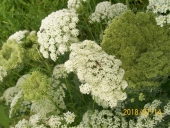
 2
2




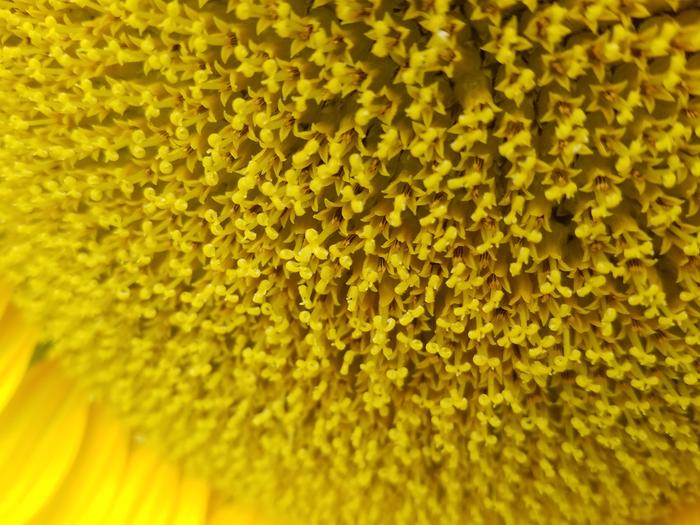
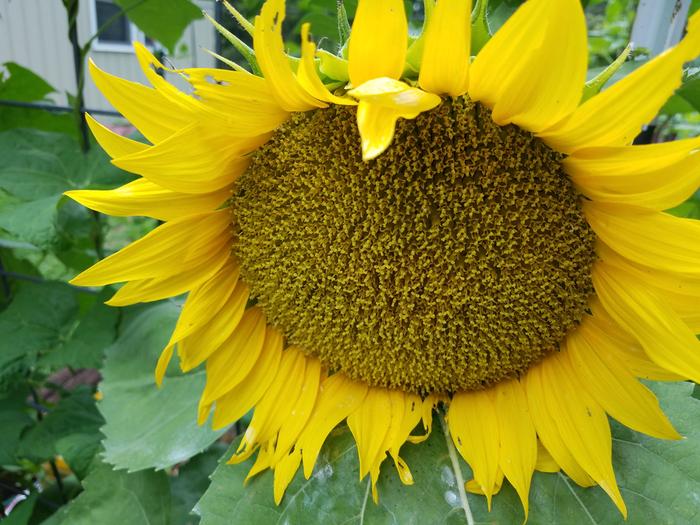
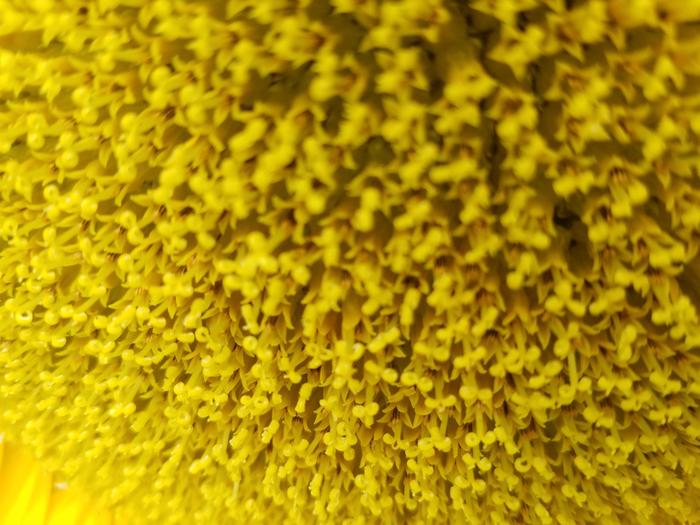
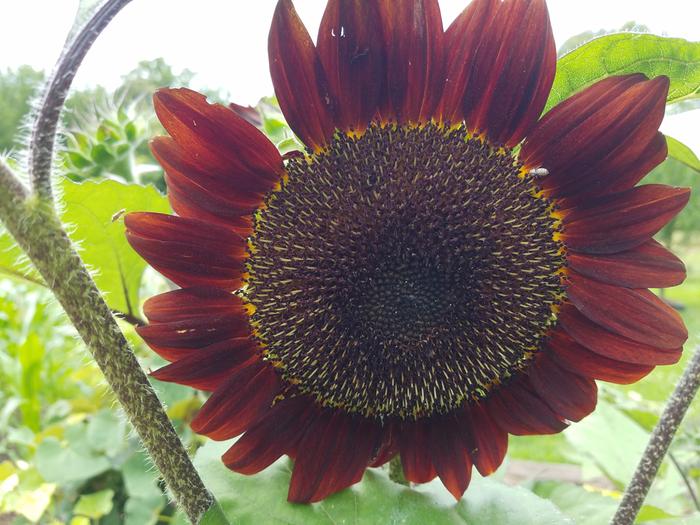
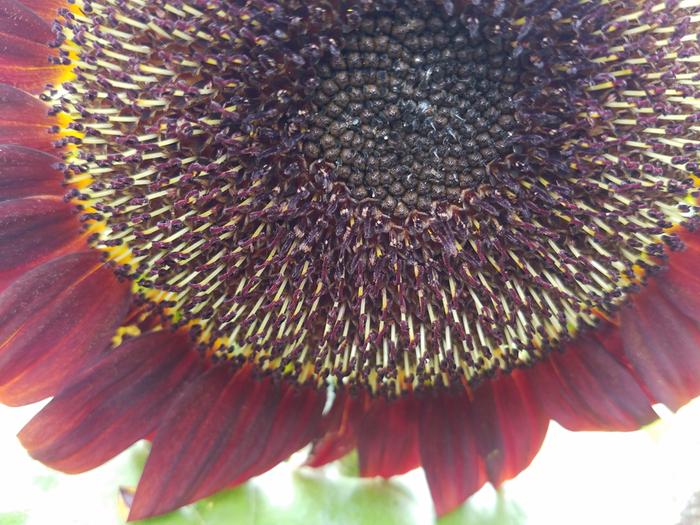
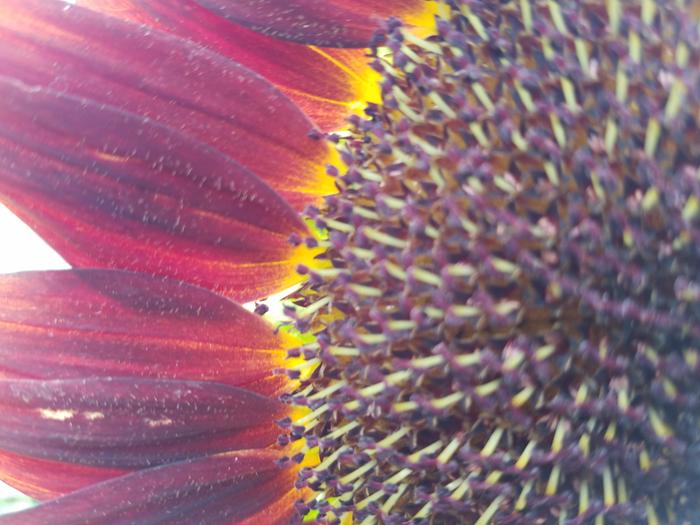

My farm and garden: https://trello.com/b/GqBLwdNh
My tacky designs on merch: https://www.redbubble.com/people/oldmobie/shop?asc=u&ref=account-nav-dropdown
 2
2




Complete flowers have all four floral organs. The floral organs consist of sepals, which are small, green, leaflike structures at the base of petals; petals, which are the colorful part of the flower; female sex organs, including the ovary and ovule, which together are called the pistil; and the male sex organs, including the pollen-producing anthers, which together are called the stamen. If a flower is missing any of those parts, it is incomplete but still could be considered perfect. If, for example, a flower is missing sepals but has male and female reproductive organs, it would be a perfect flower; because not all four floral organs are present, however, the flower is also incomplete. Sunflower ray florets are missing both stamen and pistil, making them sterile. Sunflower disc florets are perfect flowers and create fruit when fertilized. That fruit is sunflower seed.
Invasive plants are Earth's way of insisting we notice her medicines. Stephen Herrod Buhner
Everyone learns what works by learning what doesn't work. Stephen Herrod Buhner




Anne Miller wrote:I had not heard of CMS so would you explain how this would affect the seed production?
My farm and garden: https://trello.com/b/GqBLwdNh
My tacky designs on merch: https://www.redbubble.com/people/oldmobie/shop?asc=u&ref=account-nav-dropdown




My farm and garden: https://trello.com/b/GqBLwdNh
My tacky designs on merch: https://www.redbubble.com/people/oldmobie/shop?asc=u&ref=account-nav-dropdown
 2
2








Jan White wrote:I'm far from an expert, but the anthers seem to be present so as long as they get pollen on them you're good to go. No?
My farm and garden: https://trello.com/b/GqBLwdNh
My tacky designs on merch: https://www.redbubble.com/people/oldmobie/shop?asc=u&ref=account-nav-dropdown
 1
1








Jan White wrote:https://www.gardeningknowhow.com/ornamental/flowers/sunflower/pollenless-sunflower-varieties.htm
I just skimmed the first article in my search results, but it sounds like they won't produce seed anyway.
My farm and garden: https://trello.com/b/GqBLwdNh
My tacky designs on merch: https://www.redbubble.com/people/oldmobie/shop?asc=u&ref=account-nav-dropdown




My farm and garden: https://trello.com/b/GqBLwdNh
My tacky designs on merch: https://www.redbubble.com/people/oldmobie/shop?asc=u&ref=account-nav-dropdown
 1
1




Invasive plants are Earth's way of insisting we notice her medicines. Stephen Herrod Buhner
Everyone learns what works by learning what doesn't work. Stephen Herrod Buhner


